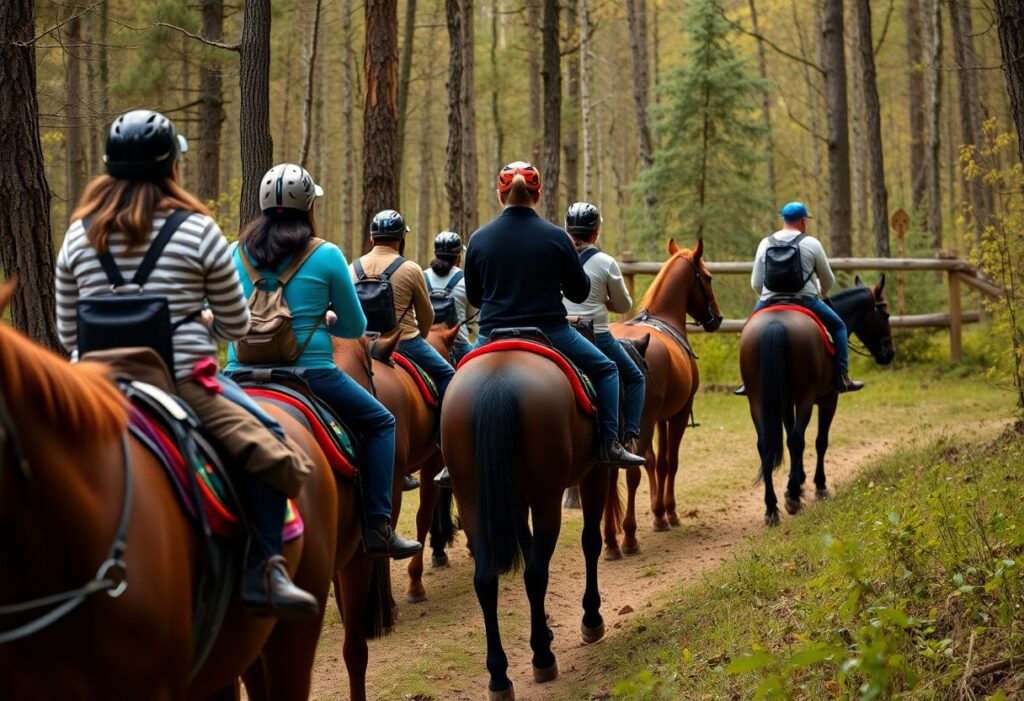Just as in any activity involving shared spaces, practicing proper etiquette while trail riding is crucial for ensuring the safety and enjoyment of every rider. This guide provides you with the necessary principles of courtesy to enhance your experience on the trails.
First and foremost, when you encounter other riders, hikers, or cyclists, always yield the trail. Horses can be unpredictable, and having a courteous nature contributes to everyone’s safety. If you see someone ahead, slow down and allow them to pass if they need. Likewise, when you are on a trail and a faster group approaches, step aside to let them go ahead. This simple act of yielding can prevent accidents and promotes a friendly environment.
It’s important to understand the unwritten rules regarding trail use. Most trails have specific designations for users, such as horses, hikers, or mountain bikers. Familiarize yourself with these designations and adhere to them. For instance, if horseback riding is prohibited in an area, you should avoid riding there, as it can harm the ecosystem and create conflicts with other trail users.
Keep in mind that noise levels matter. Avoid loud conversations or sudden noises that could startle horses. Speak softly when you approach others, especially from behind, to prevent frightening any horses. Maintaining an atmosphere of tranquility benefits both the animals and the riders.
Take care of the environment as well. This includes staying on marked trails to minimize erosion and not trampling on vegetation. Additionally, carry out all your trash and waste. If your horse defecates on the trail, try to scatter it off the path or use designated waste disposal areas if available. Your responsible actions contribute to the longevity of trail systems for all users.
When riding in a group, communication is key. Ensure that everyone is aware of the route and set clear signals for sudden stops or turns. This can help prevent confusion or accidents, especially in remote areas where trails can be narrow. If you are leading the group, keep a steady pace that is comfortable for everyone.
Lastly, educate yourself on the local wildlife. Encountering animals on the trail is common, and understanding how to respond can make the experience safer. If you see wildlife, slow down and allow them to move away. A calm presence can mean the difference between a peaceful encounter and a stressful situation for both you and the wildlife.
Lastly, practicing trail riding etiquette is about respect; for fellow riders, the environment, and your muse – the horse. By following these guidelines, you enhance not only your own experience but also the experiences of those who share the trail with you. Adopting these principles fosters a community of riders who can enjoy the great outdoors together responsibly.











